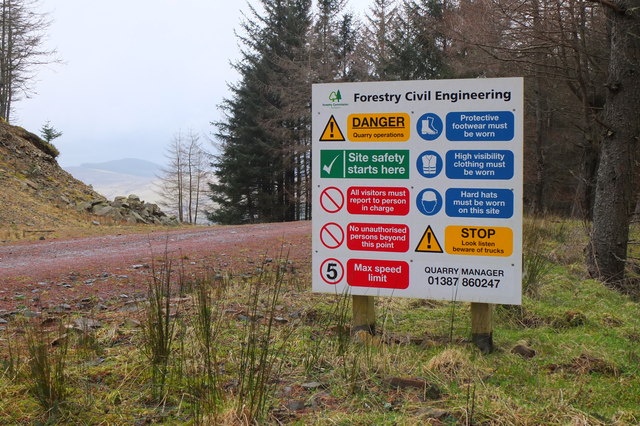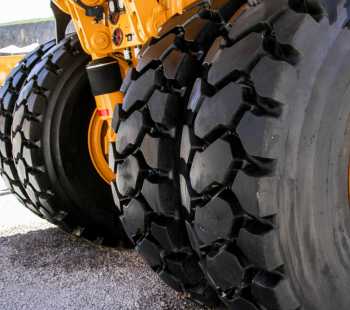Mitigating the Risks of Site Vehicle Accidents
Mitigating the Risks of Site Vehicle Accidents

August 2023
For any workplace utilising site vehicles such as forklifts and lorries, safety should be the number one concern. Accidents involving these vehicles can have severe consequences, impacting both the employees’ well-being and the business’s financial stability. To maintain a safe working environment and prevent accidents, businesses must understand potential hazards, consider accident ramifications and implement comprehensive health and safety training practices. Our portal provides you with all the tools and resources you need to ensure that you can implement those practices.
Begin by understanding the hazards involved: factors like blind spots, limited manoeuvrability, heavy loads and uneven surfaces contribute to accidents. Proactive safety measures can significantly reduce the likelihood of accidents. The Department of Transport provides this practical guide on controlling hazards associated with site vehicles, as well as safety checklists. The resource covers areas such as training, traffic management and maintenance practices.
Accidents involving site vehicles can cause serious injuries or fatalities, affecting employee well-being and morale. Witnessing or being involved in accidents can lead to decreased productivity and increased stress levels among workers. From a financial perspective, accidents result in substantial direct costs, such as compensation claims and indirect costs like equipment repairs, production delays, and legal fees. Your business’ reputation may also suffer, leading to potential loss of clients or customers. The HSE provides comprehensive guidance on legal responsibilities and best practices for lift trucks including forklifts on their resource page.
Establishing a strong safety culture is crucial for preventing accidents and ensuring employee well-being. Health and safety training should focus on safe operation techniques, hazard identification, and emergency procedures, empowering the workforce to prioritise safety. Implementing clear policies and procedures, conducting regular safety inspections, and encouraging open communication contribute to a proactive safety culture.
Comprehensive health and safety training programs can significantly reduce accidents involving site vehicles. Proper operator training, covering operational techniques, load handling, safety protocols, and emergency procedures, is essential. Regular maintenance and inspections ensure site vehicles are in optimal condition, addressing potential issues proactively. Displaying clear signage for vehicle movement and pedestrian routes and conducting regular risk assessments further enhance safety.
Prioritising safety on work sites with site vehicles is paramount to protect employees and maintain business stability. Accidents can have devastating consequences for employees’ well-being and morale, as well as significant financial implications for the company. By understanding hazards, implementing comprehensive health and safety training practices, and fostering a safety culture, businesses can reduce the likelihood of accidents and promote a secure work environment. Investing in safety is not only a moral obligation but also a prudent decision, safeguarding both employees and the bottom line. Let us work together to create workplaces where safety is paramount, ensuring the well-being of all.

